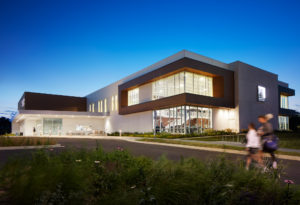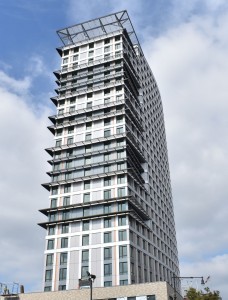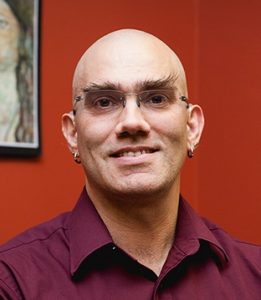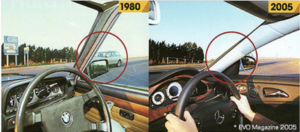Mondays with Mike: Tell me something good
April 4, 2022 • 5 Comments • Posted in Mike Knezovich, Mondays with MikeThere’s a lot to fret about, isn’t there? And I was about to fret in this post, but nobody needs that. We need some good news.
So, from my working life, I can tell you this: When it comes to climate change and energy, a whole lot architects, builders, engineers, policy makers, and planers who are doing a whole lot of good work.
My employer, Phius, trains architects and builders to construct buildings that use 40-60 percent less energy than normal code buildings. That’s not all: The buildings are extremely comfortable—no drafts, and they have phenomenal indoor air quality. What’s more, they’re resilient—residents can ride out long power outages because the structures remain comfortable even without power. During the Texas power disaster, an owner stayed put when others had to evacuate. During wildfires in the Northwest, residents of Phius buildings enjoyed superb indoor air quality because of the innovative HVAC systems.
This isn’t an ad for Phius. It’s a tip of the hat to the absolutely marvelous, talented people out there who are pushing the envelope to get these things built.
Some examples:

The Techny Activity Prairie Activity Center in Northbrook, Illinois.
In my own backyard (well, Northbrook, Illinois): The Techny Prairie Activity Center operated by the Northbrook Park District. It’s a Net Zero building—meaning it generates all the renewable energy it needs (and then some). That’s largely because Phius certified buildings put conservation first, making it easier to hit the target.
FYI: To electrify buildings (and phase out all combustion) in a timely fashion, we won’t be able to generate enough renewable energy unless we also reduce the energy buildings need. (Electrifying buildings is key to reducing carbon.)
In about 10 years we’ve gone from around 10 certified projects to 600 and the rate of increase is increasing. It’s exponential. And it includes houses, schools, market-rate apartment buildings, low-income affordable housing, health care facilities…and public buildings like the rec center.
Right now the finishing touches are being put on 425 Grand Concourse, as 26-story mixed-use project in the

425 Grand Course in the Bronx, New York will include affordable and market rate housing.
Bronx, New York. It includes both affordable and market-rate housing and more: a supermarket, a community health clinic, an educational facility and a cultural Center. On-site resident amenities will include a fitness center, tenant lounge, community room, a package delivery room, and an accessible roof deck.
The other thing you should know: There are people working very hard and doing incredible things to reduce carbon from the building sector. They include state and local policy makers, who have gotten out ahead of the Federal government and are pushing the envelope on energy efficiency and carbon reduction.
All kinds of new technologies and clever solutions are on the way. One is microgrids: Basically, imagine a block of houses, all equipped with solar, on a single grid. If there’s a power outage, they’re fine.
A research consortium (that includes Phius) is working on cost effective ways to build panel systems that can be built in a factory and then shipped out to retrofit existing buildings. (We’re going to have to make existing buildings perform better to get where we need.)
Then there’s direct current—when Thomas Edison and his alternating current won out over Nikola Tesla and his direct current, we went down the road of central power generation, which today means large swaths of power outages in severe weather and other natural disasters. Lots of power is lost over long paths of transmission—power lines, and such. Beyond that, you know all those converters you have for computers and electronics? That’s wasteful, too, because those little marvels need a measly few volts. Renewables generate D.C. that wouldn’t have to be converted. It’s now possible to power an entire house with efficient D.C. power—there are appliances, mechanical systems that run on D.C. It’s inherently substantially more efficient than A.C. (Here’s a good article on the subject in Electrical Industry News Week.)
That stuff is expensive right now, and retrofitting will probably be too expensive even when the price comes down. But D.C. and microgrids mean that where housing and development are desperately needed in places like Africa, it can be done without adding to the carbon problem.
That’s the tip of the goodness iceberg. In the midst of disorienting, dark times people are still doing fantastic, hopeful stuff.



